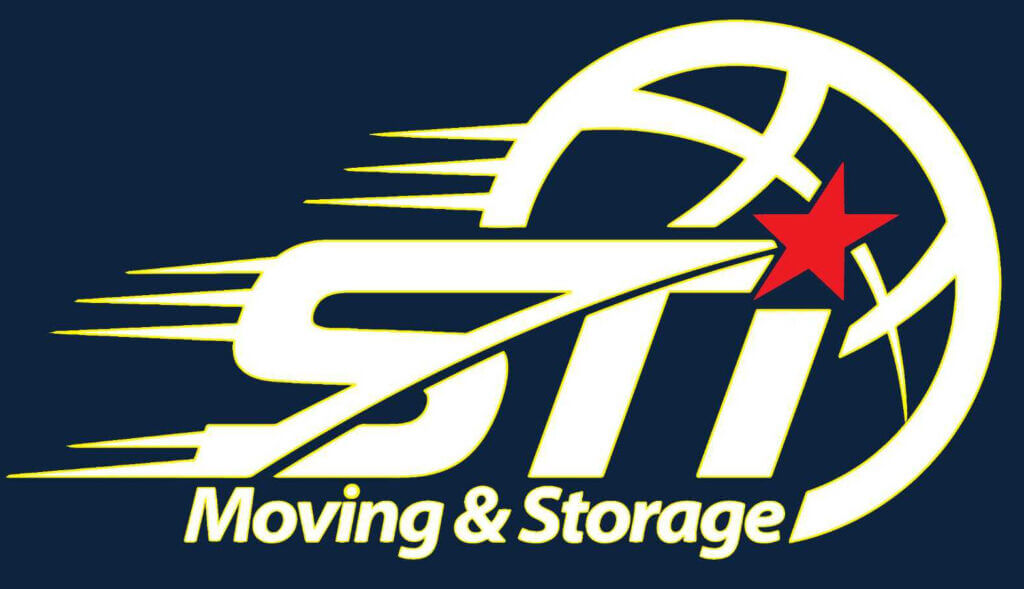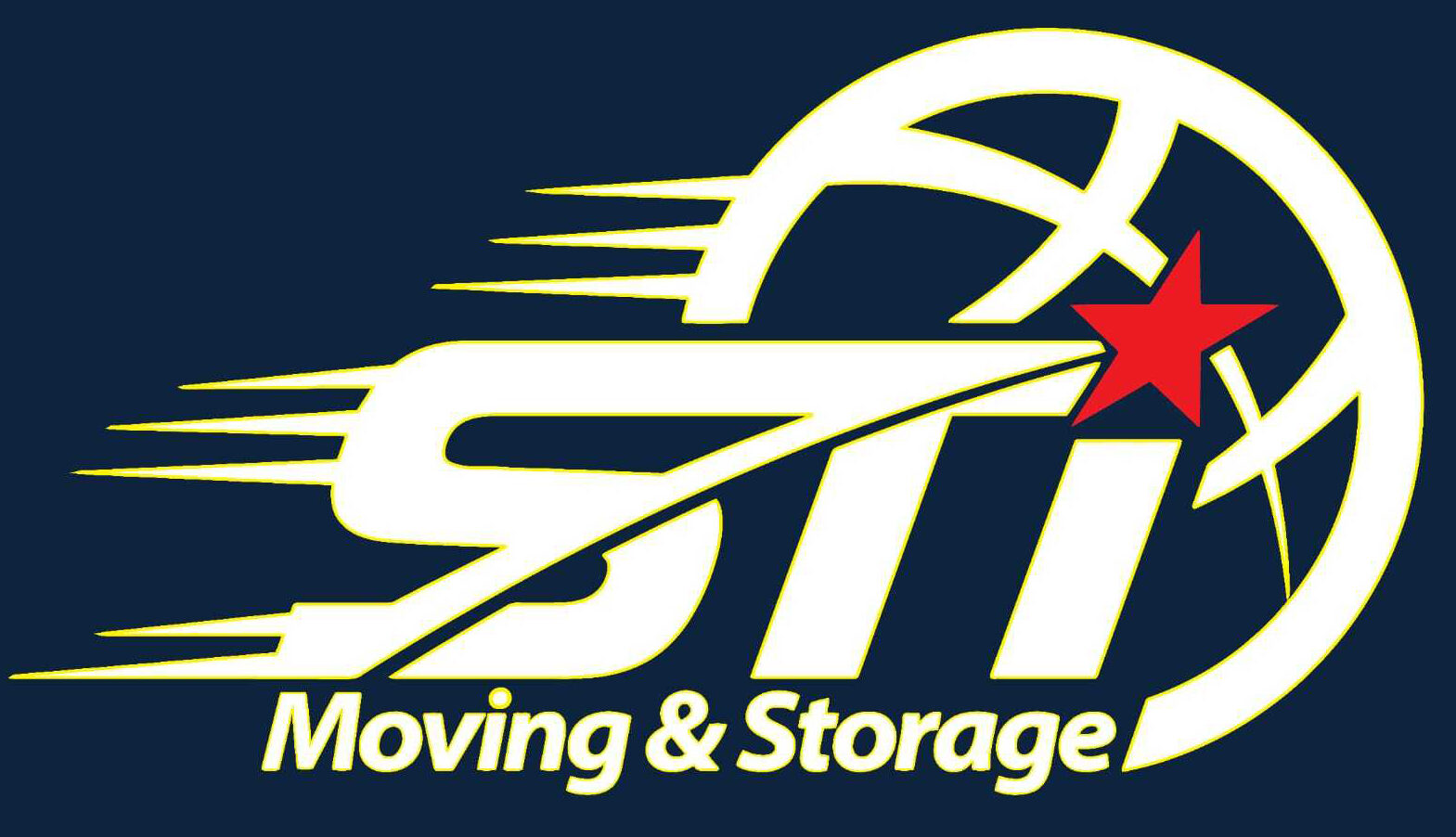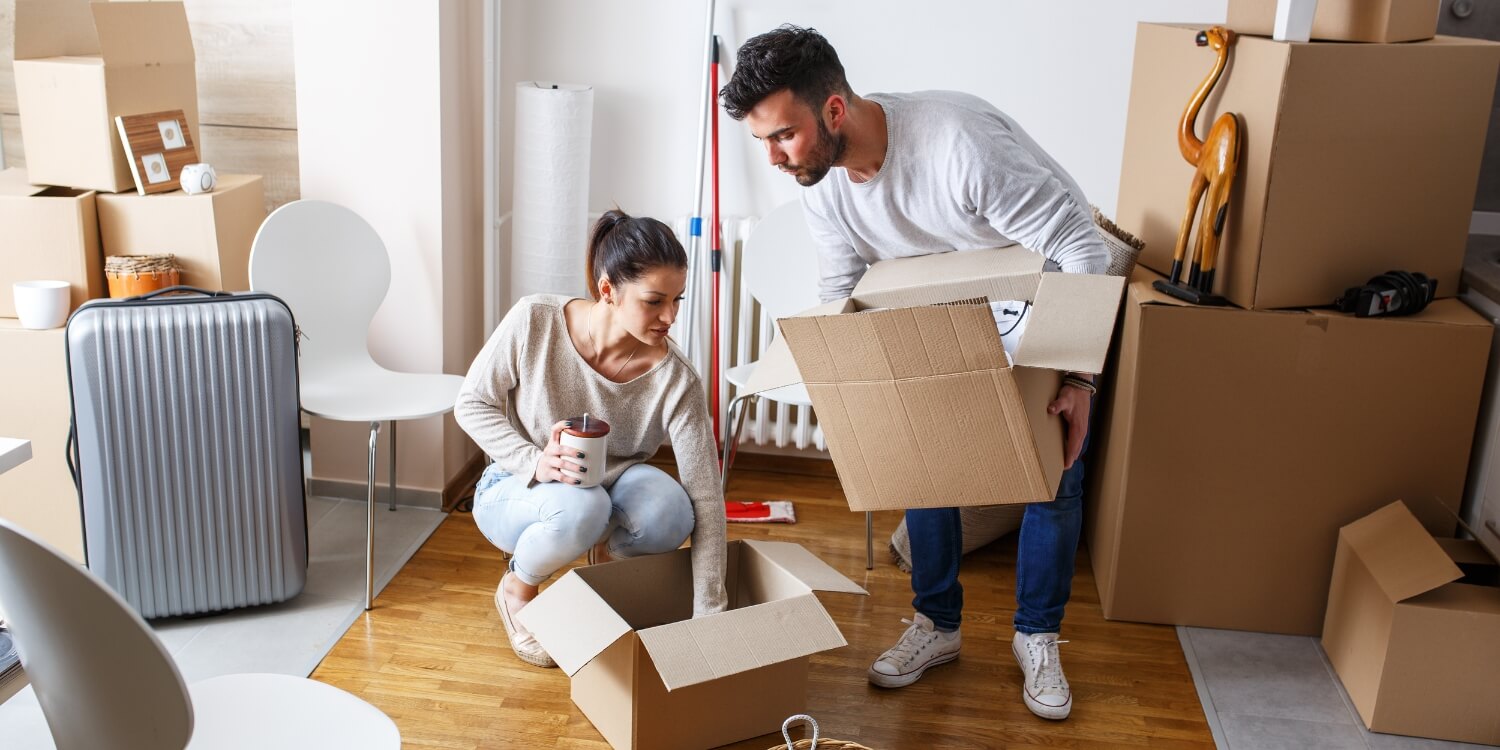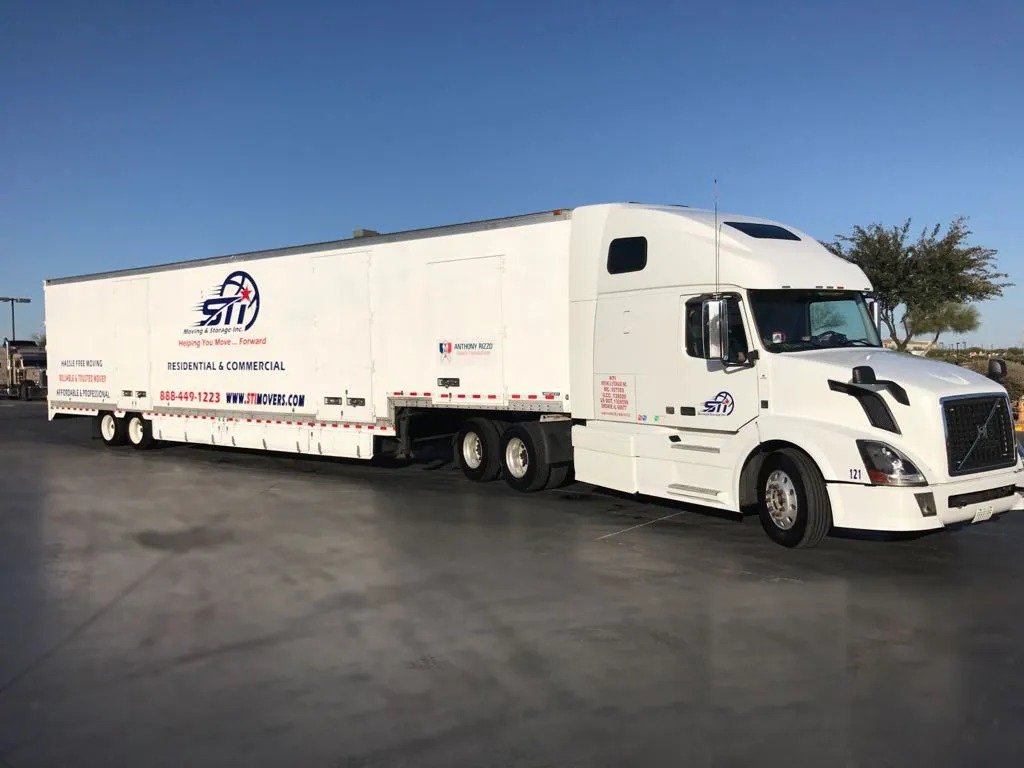Are you moving to a new place alone? Doing everything on your own can feel like a lot but with some planning, it can also be a great experience. Whether you’re starting a new job or moving into your first apartment, here are 16 simple tips to help you get ready for your solo move.
Declutter Your Home
Before you move, it’s a good idea to clean out your home—especially if you’re doing it all by yourself. The less stuff you have, the easier your move will be. Go through your things and decide what to keep, what to donate, what to sell and what to toss. You can sell old furniture on sites like Facebook Marketplace or Craigslist. Or if you have a lot to get rid of, hold a garage sale—you might even make some extra money to help with moving costs.
Plan Your Move
After you pick your moving date, make a clear plan for moving day. Think about whether it’s a local move or long-distance move, what the weather might be like and how much physical work is involved. Since you’ll be doing everything alone—packing, lifting, driving—it’s smart to plan ahead for any problems that could come up. This way, your solo move can go as smoothly as possible.
Reserve Moving Vehicles Early
If you’re not hiring movers, you’ll need to rent a moving truck or trailer yourself. There are plenty of companies to choose from, so find one that fits your needs. Try to pick locations for pick-up and drop-off that are close to where you’re moving to save time and money, especially since most companies charge by the mile. If your car can tow, a trailer might be a cheaper and smaller option than a big moving truck. No matter when you’re planning to move, book your truck or trailer early—some times of the year get really busy.
Rent a Self Storage Unit
If you have more stuff than you can move at once or things you won’t need right away, renting a storage unit can help. You can store seasonal items, furniture, or small things like books and movies until you’re ready for them. This is especially useful if you’re moving into a smaller place. After you settle in, you can bring in the rest of your stuff little by little. While it may mean a few extra trips, using storage takes some pressure off moving day. Just find a nearby storage place that fits your needs and check out what they offer.
Find Moving Boxes
To save money when moving alone, try using old boxes instead of buying new ones. Many stores get regular shipments and are often happy to give away their empty boxes—just ask at your local grocery or retail store. If you don’t find enough, think outside the box! You can also pack items in suitcases, leave things in secured drawers or use plastic storage bins you already have.
Gather Packing Supplies
When you’re handling a move on your own, it’s super important to make sure your stuff stays safe. Use things like bubble wrap, packing paper, packing peanuts, strong tape and mattress covers to protect everything. A tape gun can help you pack faster and seal boxes properly. You can get these packing supplies from a moving company or buy them at a local grocery or hardware store.
Pack Boxes Carefully
If you’re moving by yourself, how you pack your boxes really matters. Don’t make them too heavy—remember, you’ll be the one lifting them. Put heavier items at the bottom of each box so they don’t crush the lighter things on top. Use smaller boxes for heavy stuff like books or dishes to make them easier to carry. Save the big boxes for lighter things like clothes, pillows or blankets.
Label What You Pack
Make a list of everything you pack and where it should go in your new home. Label each box clearly with the room it belongs to, like “Kitchen” or “Bedroom.” You can even be more specific by writing what’s inside, like “Plates” or “Towels.” This will make unpacking a lot easier later. You can also use moving apps to help keep track of your stuff if you want to stay extra organized.
Use Moving Equipment
Moving heavy stuff alone can be tough and even risky. If you don’t have help or can’t hire movers, using the right equipment can make a big difference. Things like strong gloves, furniture sliders, lifting straps and dollies can help you move heavy items safely and with less strain. You can rent this kind of gear from hardware stores, storage places, home improvement shops or moving truck rental companies. Also, use furniture pads, blankets or straps to move big items like couches, beds and shelves without hurting yourself.
Pack an Essentials Bag
Before you start your move, pack a bag with the important things you’ll need right away. If you’re staying somewhere temporary, you won’t want to dig through all your boxes. Keep things like toiletries, phone chargers, clothes and any important papers—like your ID, passport, or birth certificate—in one easy-to-reach bag. It’s also smart to pack some snacks, water or sports drinks to stay energized and hydrated while moving. A small fan can help too if it’s hot.
Move Nonessential Things First
If you have a few extra days between leaving your old place and fully moving into your new one, try moving little by little. Start with things you don’t need right away, like seasonal decorations, storage items, extra clothes, books, plants or furniture you don’t use every day. Spreading out your move over several days can make it a lot easier and less stressful, especially when you’re doing it all by yourself.
Move in the Morning & On the Weekend
If you’re moving alone, it’s smart to start early in the day or plan your move on the weekend. Weekends are helpful if you can’t take time off work and starting in the morning helps you avoid traffic and gives you plenty of time to unpack. That way, you’re not stuck moving late at night or during your workweek. Keep in mind, moving might take longer than you expect, especially by yourself. Making a simple moving checklist with a timeline can help you stay on track.
Find a Babysitter
Moving can be hard when you have small baby around. All the activity and mess might make them upset or cranky. To keep things safe while you carry heavy stuff—and to avoid stopping for snacks or diaper changes—ask a friend or family member to watch them for a while. If no one’s available, you can look for a reliable babysitter online or through trusted services. It’ll help you focus and make the move go smoother.
Get a Petsitter
Moving with pets can be a bit tricky. Animals like cats and dogs can get stressed with all the noise and changes, and pets in cages might need special care when moving. To make things easier, ask a friend or family member to look after them for the day. If that’s not an option, you can use a pet-sitting app on your phone to find a trusted sitter. This way, you can focus on the move without worrying about your pets.
Properly Load Items in the Vehicle
If you’re using your own car to move, fold down the seats to make more space and try to reduce the number of trips. Make sure everything is packed tightly so nothing shifts while driving but don’t block your view out the windows. If you’re renting a moving truck, give yourself enough time in your schedule—and your rental agreement—to load everything the right way. You can even rent the truck for more than one day if needed. Always load the heavy stuff first and place it near the front of the truck or trailer. This helps keep the vehicle steady while you drive.
Unpack & Settle In
Once you’ve moved everything into your new home, don’t rush to open all the boxes at once. Start by placing each box in the room it belongs to. Then, unpack one room at a time. Focus first on the rooms you’ll need right away—like the kitchen, bathroom and bedroom. Taking it step by step will make the unpacking easier and help you get settled in faster.
You may want to read this first before making a decision: “Full-Service Moves vs. DIY Moving – Which One Should You Choose?”



